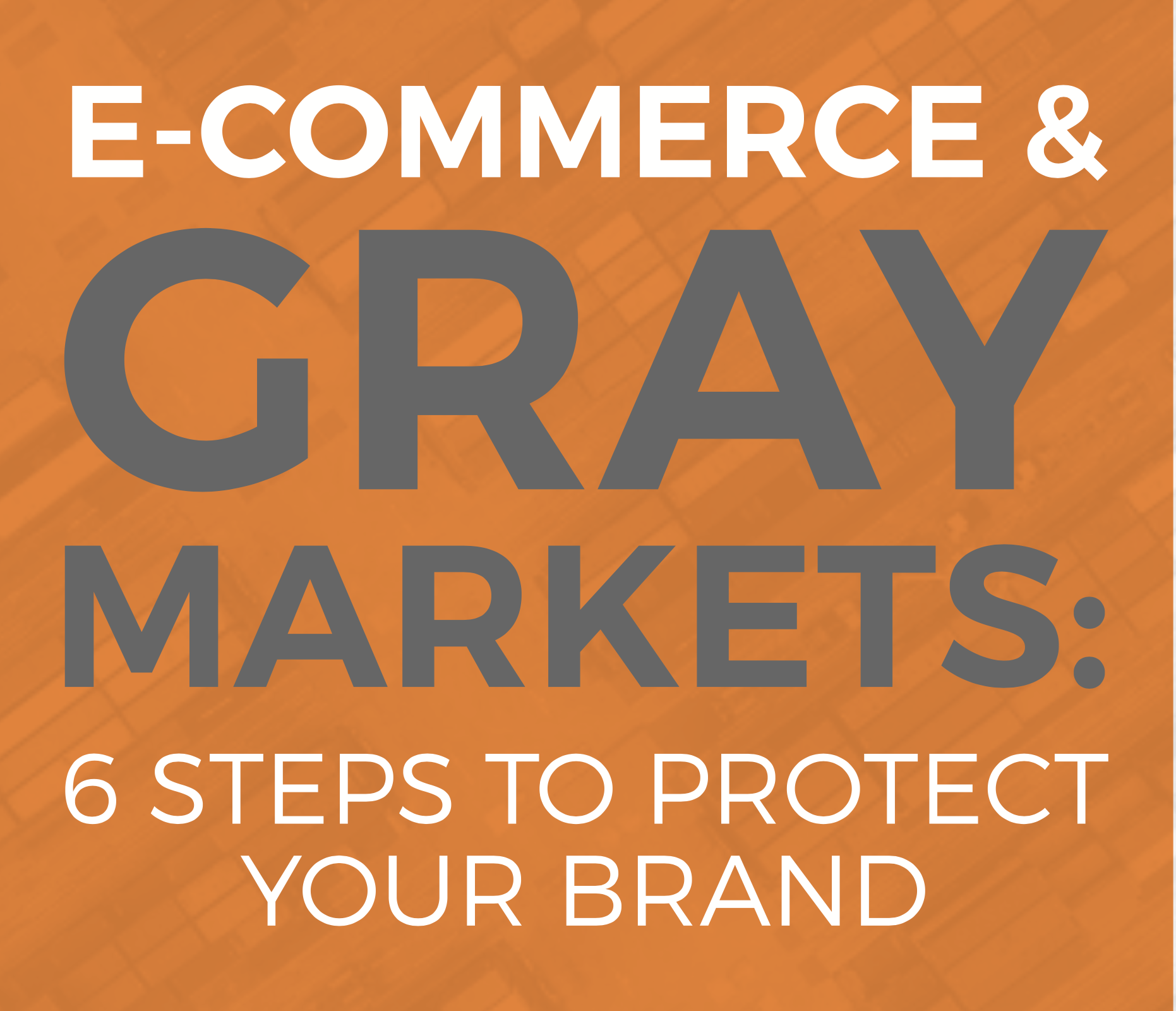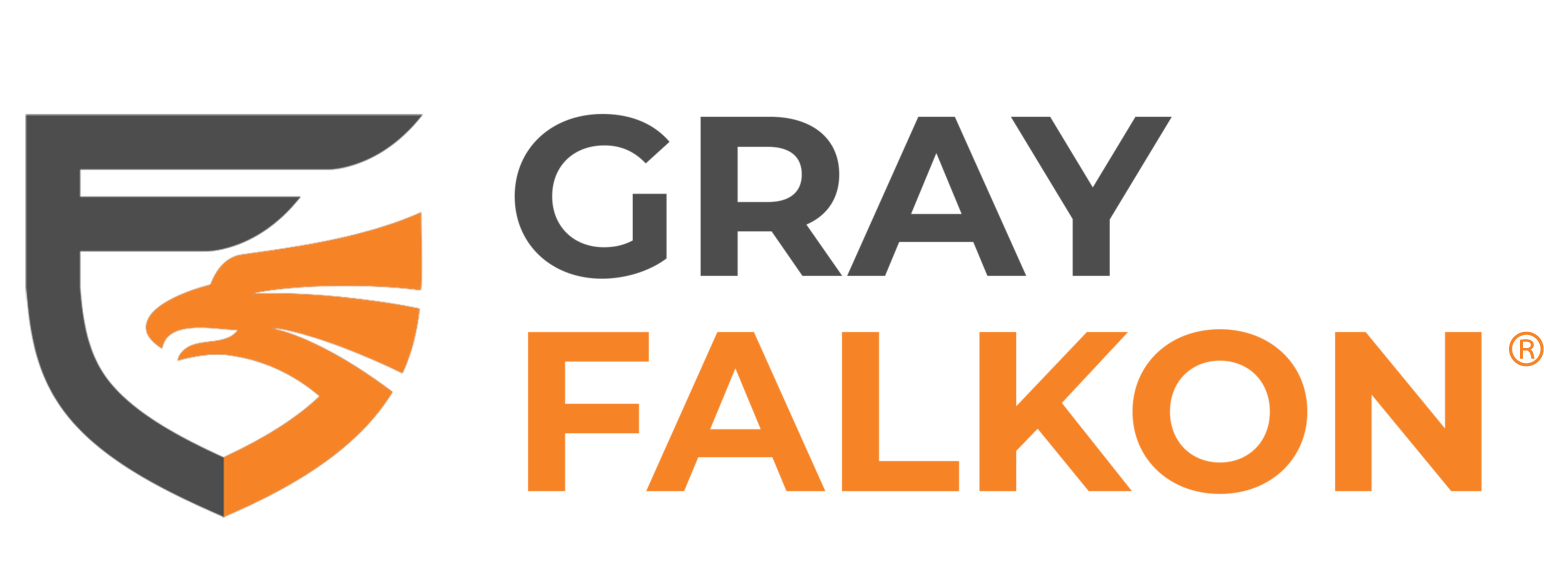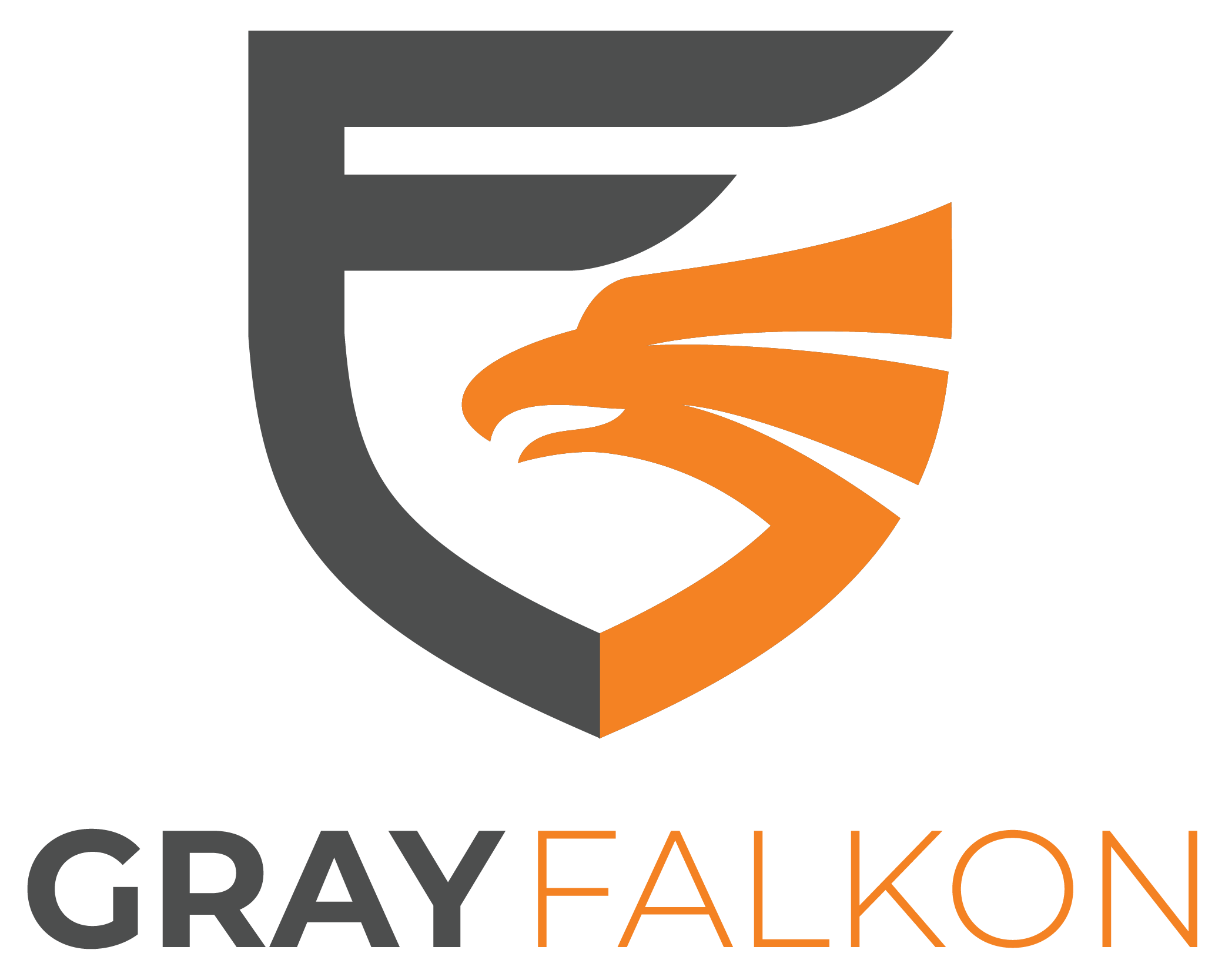
Marketplaces like Amazon and Walmart have become essential platforms for brands to reach millions of customers worldwide. Alongside their massive reach, these platforms also offer tools to help brands protect their intellectual property, pricing strategies, and reputation. However, while these tools are a step in the right direction, they often fall short of providing the comprehensive protection that brands need in today’s fast-paced eCommerce landscape.
Counterfeit products, unauthorized sellers, marketplace violations, and intellectual property violations are rampant, and marketplace policies alone cannot fully address these threats. For brands relying solely on marketplace tools, the reactive nature of enforcement often means that the damage is done before action can be taken. Understanding the limitations of marketplace policies and tools helps brands make better decisions when protecting themselves on major eCommerce marketplaces like Amazon and Walmart.
The Challenges of Enforcing Marketplace Policies
While platforms like Amazon and Walmart have introduced policies to address brand protection concerns, enforcing these policies across their massive ecosystems is a monumental task. The sheer scale of eCommerce activity, combined with loopholes exploited by bad actors, creates significant challenges for ensuring compliance and safeguarding brands.
The Sheer Volume of Listings
Amazon alone hosts over 1.9 million sellers in the United States. These sellers list countless new products daily. Walmart, though smaller, faces a similar inventory. This immense volume makes it nearly impossible for marketplaces to manually monitor every listing for counterfeit goods, unauthorized sellers, or policy violations.
Loopholes in Marketplace Policies
Many counterfeiters and unauthorized sellers exploit gaps in marketplace policies to avoid detection. Common tactics include:
Creating New Seller Accounts: When flagged or banned, violators often re-enter the platform under different names or accounts.
Mimicking Legitimate Listings: Counterfeiters replicate authentic product details and images, making it challenging for customers to distinguish real from fake.
Creative Product Bundling: Bundling products in ways that mislead customers or circumvent brand policies.
Omitting Critical Information: Failing to include important details like allergen warnings or proper usage instructions. This omission can help them avoid certain policy checks while potentially compromising consumer safety.
Exploiting High-Traffic Periods: Ramping up activities during major sales events like Prime Day or Black Friday when marketplace monitoring may be overwhelmed.
Operating in Gray Areas: Some sellers exploit regional policy differences, taking advantage of lax enforcement in certain countries to distribute unauthorized or counterfeit goods globally.
The Reactive Nature of Marketplace Enforcement
In an ideal world, bad actors would review marketplace policies, recognize their violations, and refrain from creating product listings altogether. Unfortunately, this level of preventative protection is far from the reality of today’s eCommerce landscape. Marketplace policies are primarily reactive, relying on brands to report violations before taking action. While tools like Amazon Brand Registry and Walmart Brand Portal provide reporting mechanisms, the burden often falls on brands to identify and escalate issues. This reactive approach often means that violations can persist for weeks or months, causing significant harm before they are addressed.
Despite these challenges, marketplaces have made strides to support brands. However, these efforts remain limited in scope, requiring additional strategies and tools to effectively combat the growing risks of counterfeit products and unauthorized sellers.
Current Marketplace Tools for Brand Protection
Marketplaces like Amazon and Walmart have made significant strides in providing tools to help brands combat counterfeit products, unauthorized sellers, and intellectual property violations. These tools are designed to give brands more control over their listings and streamline the process of reporting violations. While helpful, they are not without limitations.
Amazon’s Brand Protection Tools
Amazon offers a suite of tools aimed at addressing brand protection challenges:
Amazon Brand Registry: Amazon Brand Registry enables brands to register their trademarks, gain control over product detail pages, and use search tools to identify counterfeit listings or IP violations.
Project Zero: Using automated technology, Project Zero empowers brands to proactively remove counterfeit listings without needing Amazon’s intervention.
Transparency Program: By adding unique Amazon Transparency codes to products, brands can ensure that only authentic items reach customers.
These tools offer significant benefits, such as better control over listings and faster counterfeit detection. However, their effectiveness depends heavily on the brand’s ability to actively monitor, track and submit violations.
Walmart’s Brand Protection Features
Walmart’s efforts include:
Walmart Brand Portal: Walmart Brand Portal allows brands to monitor their listings, report violations, and request the removal of counterfeit goods or unauthorized sellers.
Proactive Monitoring for Trusted Sellers: Walmart has made progress in vetting its third-party sellers to improve the overall marketplace experience.
While Walmart’s tools are improving, they still lag behind Amazon in terms of automation and enforcement capabilities, making manual intervention more necessary for brands.
Reactive Tools with Limited Reach
Despite their usefulness, both Amazon’s and Walmart’s tools are fundamentally reactive. They rely on brands to identify issues, gather evidence, and file reports before action is taken. Additionally, these tools are primarily focused on counterfeit products, often overlooking the broader threats posed by unauthorized sellers or gray market goods.
While these tools are valuable in combating specific issues, they are far from comprehensive. To truly protect their brands, businesses must look beyond the tools provided by marketplaces and adopt proactive, cross-platform strategies.
Key Gaps in Marketplace Policies
While marketplaces like Amazon and Walmart have made strides in offering tools for brand protection, significant gaps remain. These shortcomings leave brands vulnerable to counterfeit products, unauthorized sellers, and other violations that can harm their reputation and revenue.
Limited Scope of Protection
Unauthorized sellers can create significant disruptions by violating intellectual property rights, disregarding marketplace policies, and providing inconsistent customer experiences. These activities dilute a brand’s value and erode customer trust, yet marketplaces rarely address them proactively.
Inconsistent Enforcement
Even when brands report violations, enforcement by marketplaces can be inconsistent. Responses may vary based on the type of violation, the volume of cases being handled, or the region where the report is filed. For example:
- Delayed Action: Brands often experience long wait times for marketplace intervention, during which the violations persist.
- Ineffective Resolution: Counterfeiters and unauthorized sellers frequently reappear, at times under new accounts, exploiting gaps in enforcement protocols.
This inconsistency makes it difficult for brands to rely solely on marketplace policies to protect their interests.
The Burden of Proof
Marketplace tools often place the burden of proof on brands, requiring them to gather evidence, file detailed reports, and continuously follow up to see action taken. This process:
- Demands significant time and resources from brands.
- Risks delaying action while counterfeit products and unauthorized sellers continue to operate.
- Is reactive by design, often addressing violations only after the damage has been done.
Lack of Proactive Measures
A major limitation of marketplace policies is their reactive nature. While tools like Project Zero and Walmart Brand Portal provide ways to respond to violations, they do little to prevent them from occurring in the first place. Without proactive monitoring or enforcement mechanisms, marketplaces remain one step behind bad actors.
These gaps highlight the need for a more robust approach to brand protection, one that extends beyond the capabilities of marketplace tools to address the root causes of violations and safeguard brands comprehensively.
How Gray Falkon Bridges the Gap
For brands navigating the complexities of eCommerce, Gray Falkon provides a comprehensive solution that goes beyond the limitations of marketplace tools. By combining advanced technology with tailored strategies, Gray Falkon empowers brands to protect their intellectual property, maintain control over their listings, and mitigate the risks posed by counterfeit products and unauthorized sellers.
Advanced Monitoring Technology
Gray Falkon’s AI-driven monitoring solution continuously scans major marketplaces like Amazon and Walmart, identifying violations. This proactive approach ensures that counterfeit products, unauthorized sellers, and IP infringements are detected early, preventing damage to the brand before it escalates.
Automation-Driven Violation Reporting
Our solution streamlines the critical process of responding to detected violations. Once an issue, such as a counterfeit listing or unauthorized seller, is identified, our solution uses automation to generate and submit the necessary arguments and documentation to the marketplace for review. Gray Falkon’s Marketplace Engagement ensures that complaints are filed efficiently, increasing the likelihood of swift resolution and providing the necessary information for the marketplace to take the necessary actions. By automating these labor-intensive tasks, Gray Falkon reduces the time and effort required from brands, allowing them to focus on growth while ensuring their listings are protected.
Cross-Platform Protection
Marketplace-specific tools fall short when dealing with issues that span multiple platforms. Gray Falkon bridges this gap by providing consistent monitoring and enforcement across Amazon, Walmart, eBay, and Mercado Libre. This ensures that brands are protected no matter where violations occur.
Tailored Strategies for Long-Term Protection
Every brand faces unique challenges, which is why Gray Falkon pairs cutting-edge technology with personalized support. With our Full Deployment plan, our dedicated Brand Success Strategists work closely with you to develop customized protection plans, including:
- Risk Assessment: Identifying vulnerabilities in a brand’s distribution and authorized seller policies and processes.
- Strategic Planning: Working closely with brands to align protection strategies with their specific needs and navigate the complexities of eCommerce marketplaces.
- Ongoing Support: Providing guidance and updates as new threats or trends emerge.
By addressing the gaps in marketplace policies, Gray Falkon offers brands a proactive, comprehensive approach to protection. With advanced tools and personalized support, we help businesses maintain their integrity, safeguard their revenue, and build consumer trust.
Taking Control of Your Brand’s Protection
Marketplaces like Amazon and Walmart play a vital role in eCommerce, offering tools to help brands address counterfeits, unauthorized sellers, and intellectual property violations. However, as comprehensive as these tools may seem, they often fall short in addressing the full scope of threats that brands face. With limited enforcement, reactive policies, and the sheer scale of marketplace activity, many violations persist, causing significant harm before they are resolved.
Gray Falkon bridges these gaps by providing a proactive, technology-driven approach to brand protection. Through advanced monitoring, automation-driven violation reporting, and tailored strategies, we empower brands to safeguard their integrity, revenue, and consumer trust across major eCommerce platforms.
As marketplaces evolve, the risks brands face will continue to grow. Relying solely on marketplace tools leaves too much to chance. By partnering with Gray Falkon, brands can take control of their protection efforts, ensuring they remain competitive and secure in an increasingly complex eCommerce landscape. Schedule a demo today.



